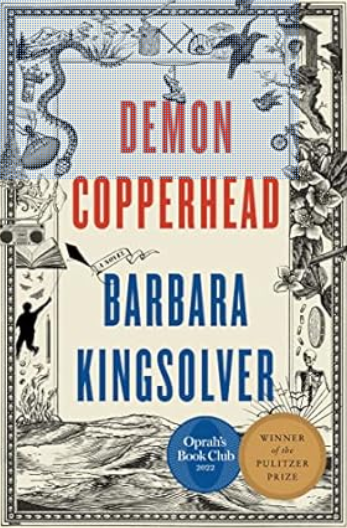Check out BOOK REVIEW Camille Claudel and Rodin: Time Will Heal Everything
- Friends of Warren Library
- Oct 2, 2020
- 2 min read

Story line: Much ink has flown about the tumultuous relationship lasting nearly twenty years between Auguste Rodin (1840-1917) and Camille Claudel (1864-1943), two of the world's most famous sculptors. Stereotypes abound: on the one hand, Rodin, the cruel solitary genius; on the other, Claudel, the reviled, accursed artist, for generations the symbol of women's oppression.
In Camille Claudel & Rodin: Time Will Heal Everything, Antoinette Le Normand-Romain invites readers to relive their passionate love affair, at once celebrated and tragic, while rising to the challenge of analysing and comparing their works with her characteristic meticulous expertise. Using the sculptures of the two artists as a starting point, she divides her book into three periods: Sakountala Camille Claudel's ambitious and romantic masterpiece reflects the shared passion of their early relations (1882-91), a time when they experienced "the joy of always being understood" in matters both emotional and artistic! The second part, Fate and The Convalescent, highlights the play of interacting inspiration and references at the height of their liaison. In the final chapter, the nostalgic, Wounded Niobid represents Camille Claudel's failure as a woman and an artist.
This book objectively explores the aesthetic consequences of the two sculptors' turbulent relationship. It also sheds new light on the creation of their respective works in which love acted, in turn, as a driving and destructive force.
Avid reader Chelsea Gouin gives this book
4 out of 5 stars.
This was great!
Not a very long book, this still somehow crams all the relevant moments of Claudel's career in a way that doesn't feel rushed or overbearing. The gorgeous photographs of her sculptures that accompany the text just develop the tragic and beautiful life and times of Camille Claudel. I don't know if there was too much unknowns in here except for the suggestion that Claudel had an abortion of Rodin's child. I did think this book was unique in it was told primarily through letters from other artists, Claudel and Rodin themselves, and her brother Paul. The last paragraph of the book was the real hard hitter when it was revealed that Rodin did indeed love Claudel romantically but it never reached her.
I will say that this was one of the most unbiased looks at both artists. Rodin isn't painted as a jerk or a womanizer as I'd read of him in the past nor was Claudel written as a lovesick child or a girl too far in her fancies. They were both just artists whom told their affair through their art. Interestingly, though they touched on the Maturity piece they didn't mention Rodin's mistress like at all through this book which I found an interesting choice. Again, the letters were what really drew me in...to see the story play out in their own words with little speculation. Highly recommend this one.



Comments